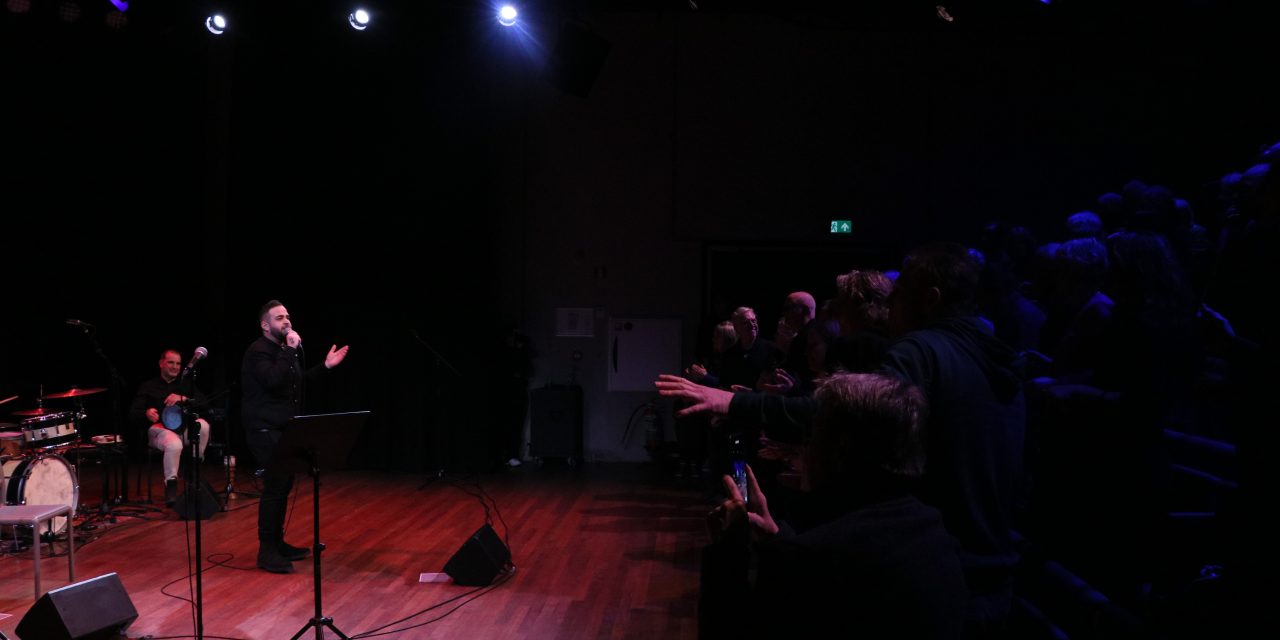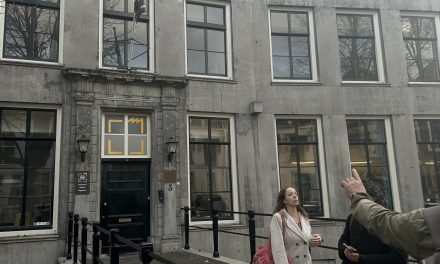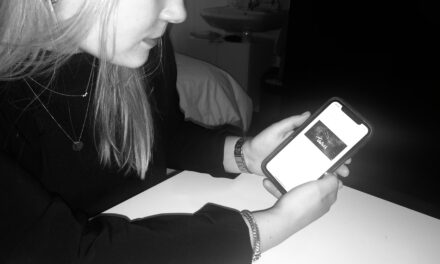Mixing Chinese instruments with Arabic jazz music sounds like a crazy idea, but that is what Catching Cultures orchestra is all about, giving people from all over the world a chance to share and participate in different cultures.
“We really put an effort into creating an intercultural orchestra”, drummer and business director of Catching Cultures orchestra Otto de Jong, says.
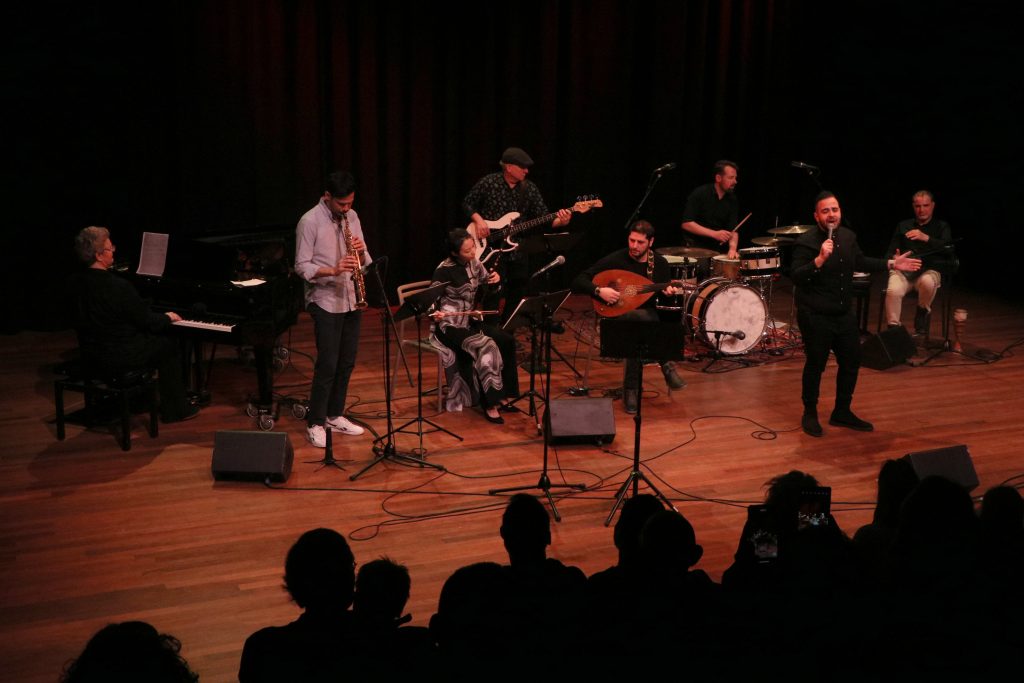
Today there are eight musicians from Catching Cultures Orchestra performing in the theater “Het Wilde West”, in total there are twenty-five musicians in the orchestra.
In a crowded theater on a rainy Sunday, the audience is watching a woman playing a traditional Chinese melody. Although her instrument, called an Erhu, only has two strings it creates enough sound to echo through the room. The womens name is Zheng Sun and she and other musicians are in the theater Het Wilde Western to share their culture through music. Together they form Catching Cultures orchestra, a group of musicians who all come from different places around the world that blend together as one here in Utrecht, the Netherlands.
“We want to have as many different cultures on the stage as possible, and to let them interact with each other,” Otto de Jong says. He is also one of the few Dutch members in the orchestra. Today a handful of musicians from the orchestra gives the audience a journey through traditional songs from Ukraine and China and different genres of Arabic music.
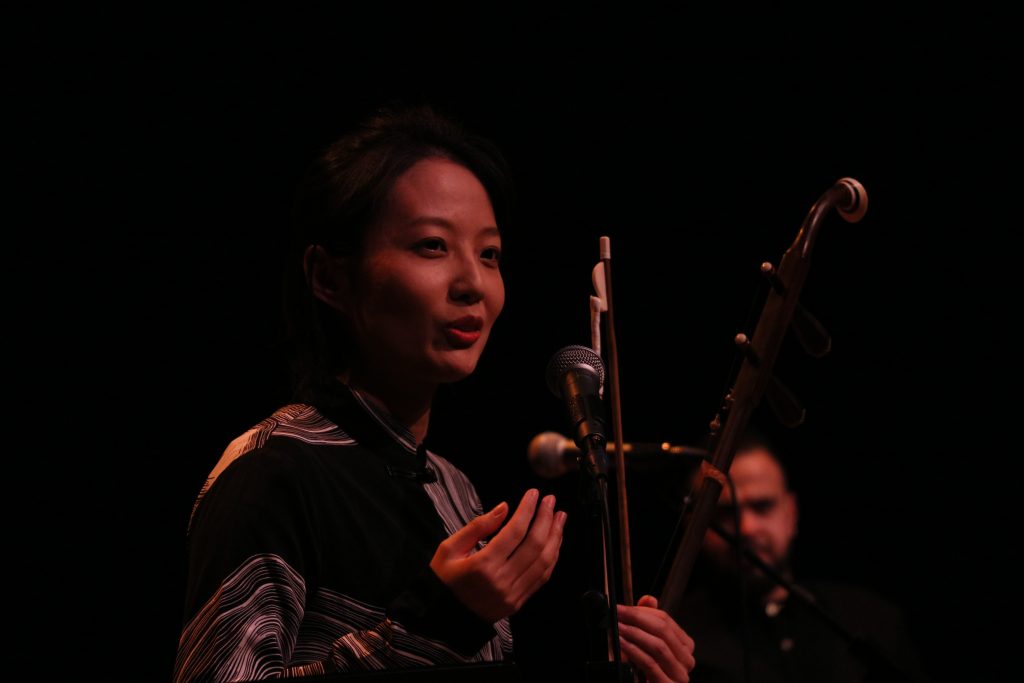
“ I wanted to share my culture and play all kinds of music”, Zheng Sun says about why she joined the Catching Cultures orchestra.
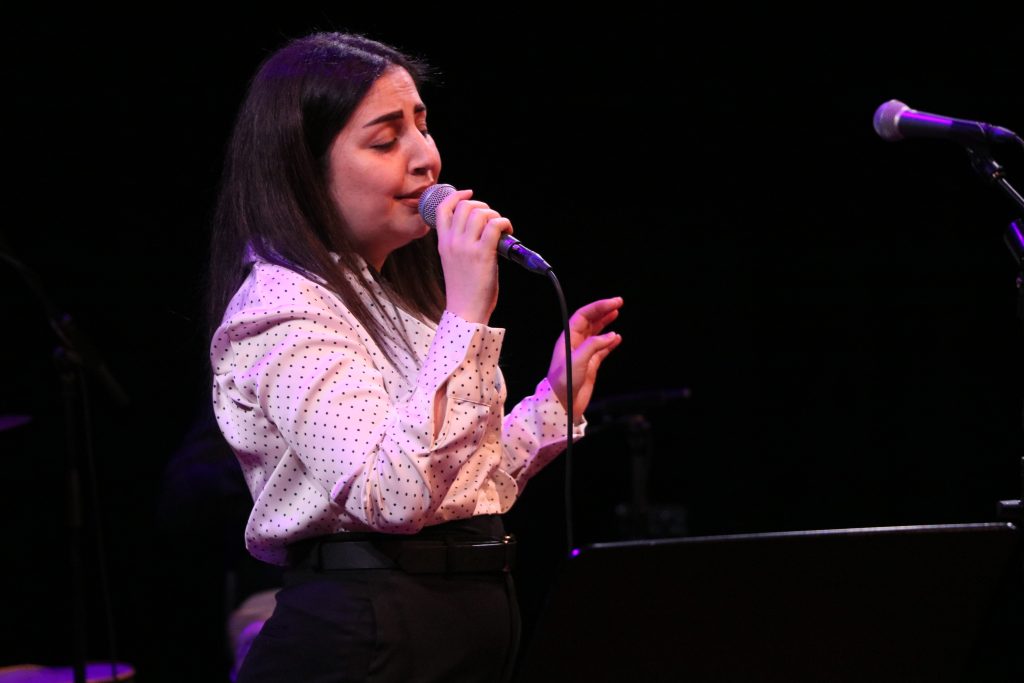
“This orchestra gives me my space to sing” Sarah Alhosi, says.
Sarah Alhosi is one of the singers of the group, she usually performs different jazz songs in Arabic. “I studied as a journalist and started to sing as a hobby back in Syria, a long time before the war.” she says. When the war began in her home country Sarah moved to Dubai to continue working in her field. After losing her job she relocated to the Netherlands where she discovered the orchestra via a friend.
”Not a lot of Europeans know much about Arabic people so it’s nice to show them a nice side of it. And the music is a good thing to show, because music is like a medicine for the soul, and I think you can touch people more when you sing”, Sarah says.
She usually includes a song in her set with a familiar melody, to make it easier for the audience to connect even if you don’t understand the lyrics. Today she’s performing her version of “Autumn Leaves”, a classic jazz melody known worldwide. Sarah makes it her mission to show that Arabic music is so much more than the energetic and rhythmic songs more commonly known by people from other parts of the world.
Wisam Dayoub is also a refugee from Syria and has been a singer in the orchestra for nine years. Like Sarah he sings Arabic music but he focuses more on the kind of music you can dance along to. While performing the last song of the set, he encourages the audience to stand up and dance with him. They happily follows his orders and dances, claps and sings. Together with the musicians they create a unique place where cultures meet and coexist.
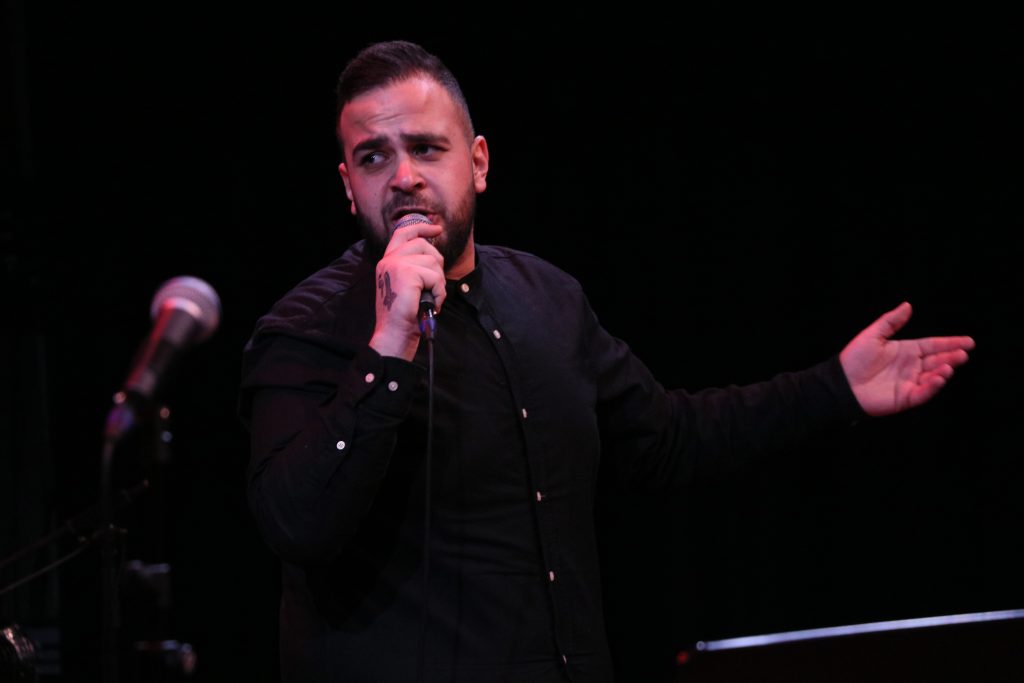
Wisam Dayoub inspires the audience to dance during his performance
After the show, a Dutch woman approaches Sarah to compliment her on her singing. A perfect example of how music can bring people together and break through the language barrier. Her co-member Zheng Sun has a similar experience in engaging with the audience. “Every time they are very interested in my instrument and the music I play,” she says.
This is one of the main purposes of the Catching Cultures orchestra, giving people from different cultures a place to meet and connect.
“I also play drums in a band with just Dutch musicians where we play indie rock. But with this orchestra you get to know people from other countries. I think it’s beautiful to be there for them somehow and give them a spot where they can shine, where they can also present their craftsmanship and do that in front of an audience and get respect for that,” Otto de Jong, says.
